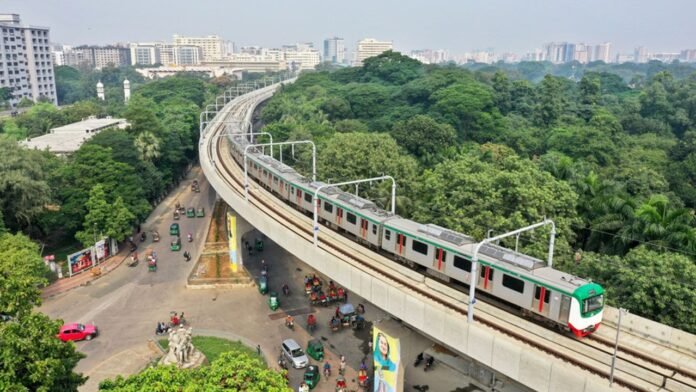Bengaluru Metro Set for Massive Expansion with 143 Km and 95 New Stations in Five Years
Bengaluru, one of India’s fastest-growing cities, is preparing for a massive metro expansion that will revolutionise urban transport. The Bangalore Metro Rail Corporation Limited (BMRCL) has announced plans to add 143 kilometres of new metro lines and 95 stations to the city’s existing metro network over the next five years.
This ambitious project, which is part of Phase 2 and 3 of Bengaluru Metro, is set to improve connectivity, reduce traffic congestion, and boost the city’s overall infrastructure. At present, Bengaluru’s metro network spans 77 kilometres, which includes the Whitefield-Challaghatta Purple Line (43.49 km) and the Nagasandra-Silk Institute Green Line (33.5 km). However, the city’s metro expansion plans are far-reaching, with six new routes, expected to be operational by 2026, that will transform public transport in Bengaluru.
The most significant additions will include the Phase 3 corridors, particularly the Hebbal-Sarjapur Red Line (36.585 km), which will further integrate the city. While the state government has committed to operationalising these new routes, the Red Line will be the exception. Meanwhile, the Blue and Pink Lines, currently under construction, are on track to be operational by the end of 2026. The Yellow Line, which will connect Electronic City, is expected to be operational by March or April 2025. This route is set to ease daily commutes for many IT professionals and residents of the city’s southern suburbs. According to a BMRCL official, “The construction work for the Phase 2 Blue Line (58.19 km) and Pink Line (21.26 km) is progressing well. We are targeting completion by 2026. Currently, the civil work on the Blue Line sections between Central Silk Board to Krishnarajapuram and KIA is 45% complete, and 10% of track installation is done between the Outer Ring Road and the airport. For the Pink Line, 13 kilometres of tunnelling from Kalena Agrahara to Nagawara is already completed, and track installation is progressing rapidly.”
New Routes and Stations: A Game-Changer for Bengaluru
The six new routes will add much-needed capacity to the city’s metro system. These include:
- Yellow Line (RV Road-Bommasandra, 19.15 km): With 16 stations, this line will provide much-needed access to the industrial area of Bommasandra.
- Pink Line (Kalena Agrahara-Nagawara, 21.26 km): Featuring 18 stations, this line will connect southern Bengaluru to its northern suburbs, easing commuter flow across the city.
- Blue Line-1 (Central Silk Board-KR Puram, 19.75 km): This 13-station stretch will help decongest the busy IT corridor along Outer Ring Road.
- Blue Line-2 (KR Puram-Kempegowda International Airport, 38.44 km): Connecting the airport to key parts of Bengaluru, this 16-station route promises smoother travel for both locals and tourists.
- Orange Line-1 (JP Nagar 4th Phase-Kempapura, 32.15 km): Linking the southern and northern business hubs of Bengaluru with 23 stations, this route will ease congestion in the city’s commercial areas.
- Orange Line-2 (Hosahalli-Kadabagere, 12.5 km): With 9 stations, this route will provide crucial connectivity to Bengaluru’s western suburbs.
In total, these six new lines will add over 143 km to Bengaluru’s metro system, improving access to key areas and connecting more of the city’s dense population centres.
For Bengaluru’s residents, the expansion comes as a much-needed relief. Commuters have often complained about overcrowding and long travel times during peak hours. Shruthi Reddy, a tech professional who travels daily from Whitefield, shared, “The metro expansion will definitely ease daily commutes. Right now, the wait times are long, and the trains are packed. With more stations and routes, I hope the city will see a smoother, faster commute.” Another resident, Ramesh Kumar, who works in the city’s southern industrial belt, said, “The Yellow Line will be a game-changer. I currently spend more than an hour in traffic. Once the new line is up and running, I’ll be able to reach my workplace much quicker.” Bengaluru’s metro expansion is not just about improving commuting; it’s about setting the stage for sustainable urban growth. The expansion will help reduce traffic congestion, cut down on pollution, and offer a more reliable public transport option for a city that is rapidly growing. As construction continues and new routes open, Bengaluru is on track to become a model for metro systems in other cities across India.



